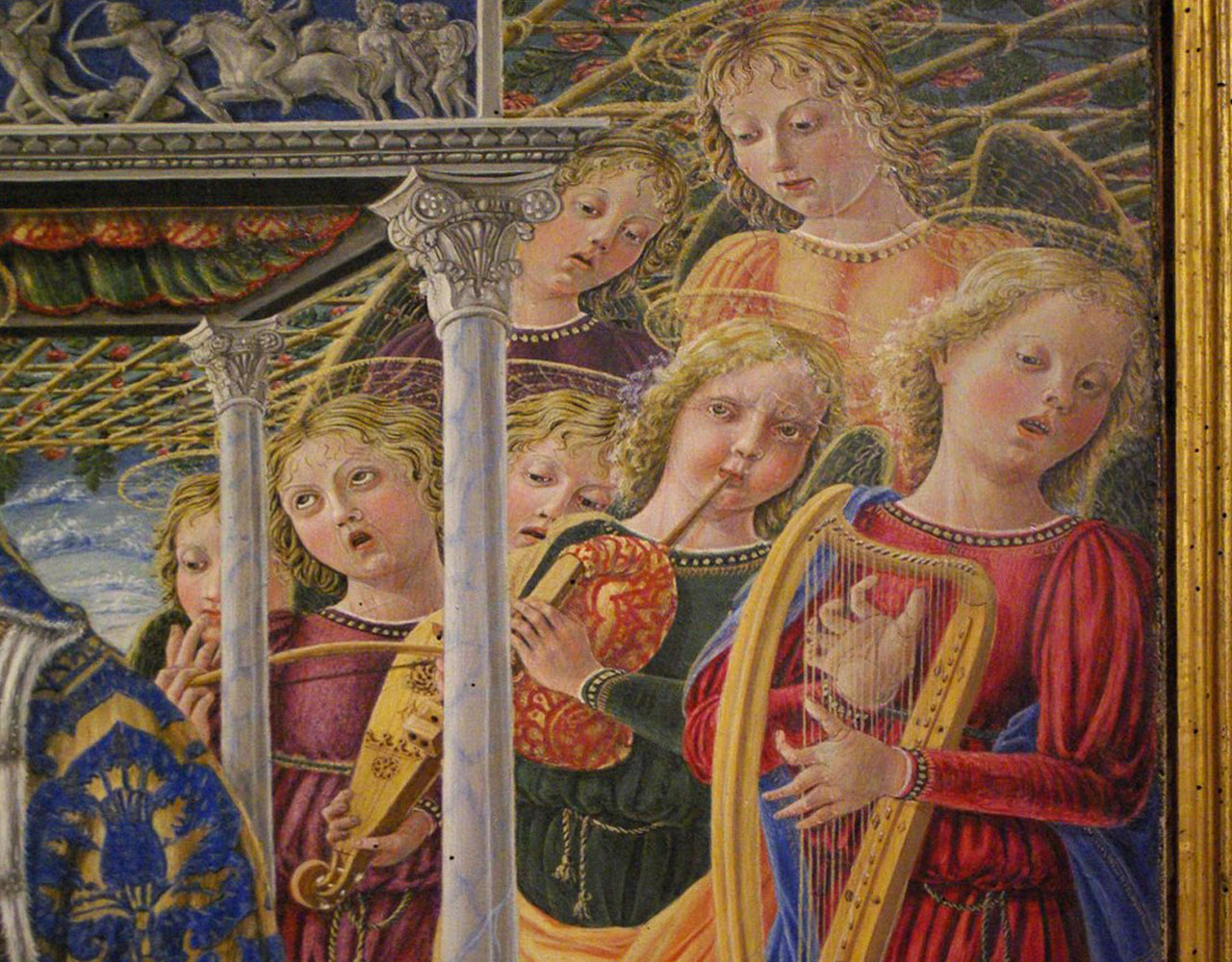Art itineraries
Routes and paths of art, churches, palaces, buildings, abbeys, monuments, itinerary for the charm of the story It featured the Umbria region. Cradle of Benedictine monasticism and the Franciscan movement, maintained over time, even in artistic works, his character happy meeting point between the harmonies of nature and the ferment of the spirit. The numerous roads and paths, routes of various kinds that wind between the rolling hills offer to anyone who can take the opportunity to call into question their own knowledge and on time space to discover a new way of looking at places that They seem small but of greatness for their heritage. An ancient culture that is still present with evidence architectural mark the passage of ancient peoples and great cultures.

